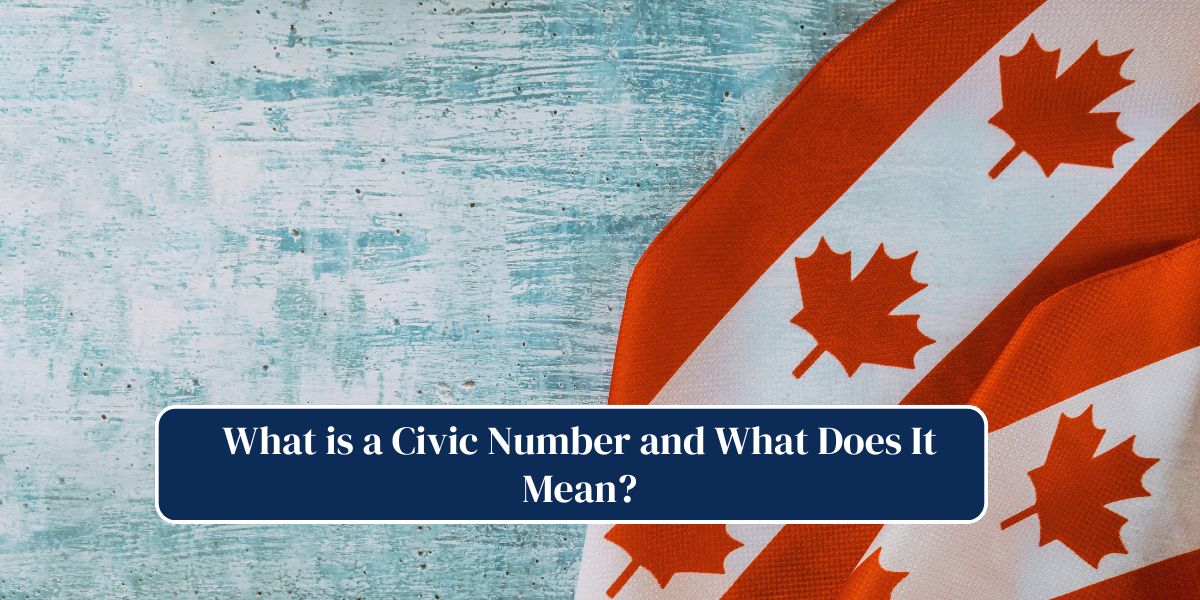Here is what you need to know about the Civic Number Canada: What does a Civic Number stand for? All We Know. In Canada, a civic number is a unique identifier assigned to residential and commercial properties by local municipalities. This number indicates the location within a municipal ward or county and forms part of a complete postal address. It is present on every Canadian house, building, and workplace to assist in emergencies. To learn more about the Civic Number in Canada, its purpose, and additional details, continue reading this article.
Contents
Civic Number Canada
The Civic Number Canada is a unique identifying number assigned to properties by local governments. This number serves as a crucial identifier for emergency services. Each property in Canada has a complete postal address comprising the civic number, postal code, and street name.
This number is a vital physical feature that allows emergency responders to easily locate a property when 9-1-1 is called. In many places, the civic number is displayed on the property’s address. This practice facilitates quick identification during emergencies, and often, the civic number aligns with the property’s mailing address.
What is a Civic Number?
A city number is a number that is given to every home in Canada by the government. It refers to the 911 address used in emergencies to help police, ambulance, or firefighters locate the property.
Every household, workplace, and building has a designated civic address that includes this number. It is part of your address that is provided to a 9-1-1 operator during emergencies. This number typically matches your mailing address, though in some cases, it may differ, such as being a number like 46589.
What Does It Mean?
The Civic Number is a government-assigned identifier for buildings. It measures the distance of a building from a specified starting point, starting from zero and increasing according to the distance.
A civic number indicates building identification determined by local municipalities. Different rules govern the numbering, with even and odd numbers typically posted on opposite sides of the street. In urban areas, property owners are responsible for displaying the civic number, while in rural areas, it is often shown on a reflective green sign.
How to Get a Civic Number?
The process for obtaining a civic number varies by municipality. To get a civic number, you need to contact your local municipality’s planning office, which oversees civic numbering. You can also acquire it through provincial organizations. Both require valid documents describing the property location, size, and proof of ownership.
To obtain this number, visit your nearby planning office with your property documents. Fill out a civic address request form with the necessary information and submit it to the municipality planning authorities. Once you complete and submit the application, you can receive your civic number from the municipality office.
All We Know
A civic number in Canada serves as an identifier that helps locate places and provides assistance during emergencies. It is essential for properties, especially on streets with multiple properties.
Property owners must ensure their civic number is visible from the road, typically at the end of their driveway. This visibility is crucial for delivery services, mail, emergency responders, telecommunications, and navigation.






